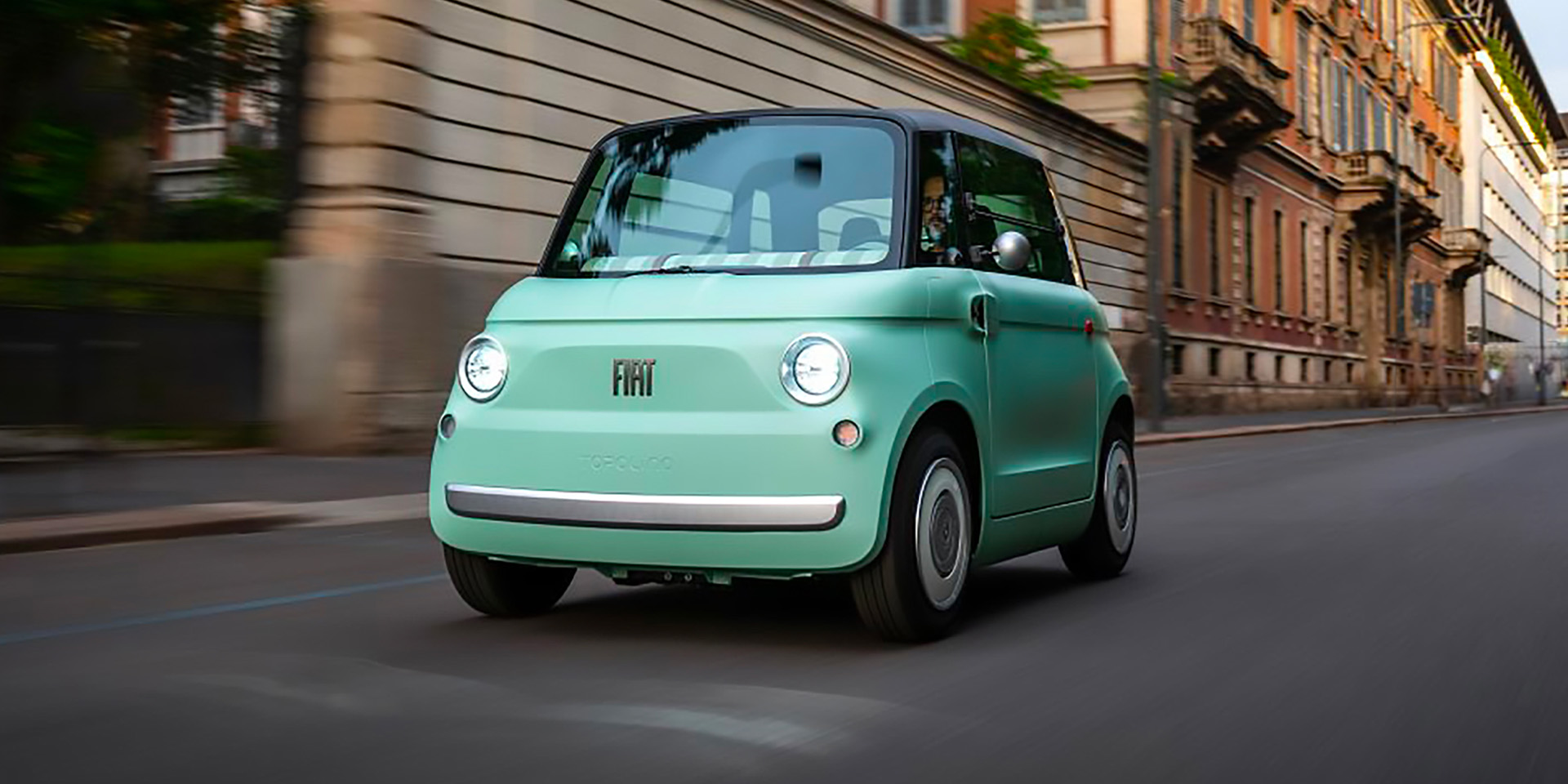In 2001, when I began my career in the mobile phone industry there were numerous studies published on the health risks associated with mobile phones.
First cellular, as well as cordless, telephones were feared for their link to brain tumors. As wifi and bluetooth technologies proliferated, the dangers of these forms of electromagnetic radiation were highlighted by additional studies which were widely publicized.
When my son was born in 2005, the recommendation was that he should not sleep in a room where there was either a mobile phone or a wifi router.
By 2010, in the Nordic countries, most people accepted that speaking into a phone while holding it against your head was risky and that a wired headset should be the normal way to talk on the phone.
Starting in 2010 the risk of fires from smartphones was believed to be a common occurrence, with videos of phones bursting into flames spontaneously making the rounds online.
In 2016 Samsung suspended production of the Galaxy Note 7 and announced a recall, following the discovery of a manufacturing defect in the phones' batteries, which caused some units to combust. As a safety precaution, the company distributed multi-layer fireproof boxes with packing instructions.
With this record of risk of cancers and explosion and fire, one could assume that my decision to work in this mobile phone industry was a very bad one indeed.
It wasn’t. The mobile phone came to change the world and become the most popular piece of technology ever devised, more popular than toothbrushes or pencils.
But this paranoia (slander and defamation perhaps) regarding a product that came to be universally loved and used did not occur only in this category. Every invention that we take for granted in our lives today was, at one point, subject to an avalanche of safety criticisms. Everything from the harm of email, books, elevators, airplanes, newspapers, recorded music, telegraphs, cameras, mirrors, cinema, paperbacks, radio.
These inventions were all initially dogged by accusations that they physically deform us, cause physical and mental and social damage. Instead, in every single instance above, the new technology’s risks were mitigated by a mixture of engineering innovations and safety regulations.
Precisely the same pattern is now evident with micromobility. There is very real concern about deadly fires caused by cheap, non-certified batteries, prompting calls for restrictions, if not an outright ban, of electric bikes, mopeds and scooters in some cities.
At issue is the preponderance of badly engineered ebikes (and other vehicles) that were never certified for use in a home. Yes, electricity is powerful stuff and when stored in abundance that energy can be released in the form of very high temperatures.
But micromobility will not be stopped because of bad batteries (or BMS) fires. There are obvious and logical remedies to the problem of battery fires. Engineering, regulation and subsidies are old tools at our disposal. The process of homologation, certification, calibration, and precaution is well worn. The ability for the government to see the value of these vehicles as people use them for their livelihood and main mode of transportation can lead to better access to safe and affordable solutions.
We’re not worried about that. What we are worried about is bad policy, policies that seek to protect but do more harm. A knee-jerk reaction to ban electric bikes, mopeds. and scooters would, ironically, help to push society toward the least safe form of transport there is. Cars, let’s not forget, kill millions of people every year.
What happens as the world adopts a new technology is that fear and detraction are part and parcel of the constraining forces. As are inertia, suspicion, fear, and obsolete laws. In many ways, hysterical naysaying and technophobia are signs you’re doing the right thing.
Let’s certify the batteries, let’s incentivize the right vehicle for the right trip and let’s get our cities moving in better harmony as we add tools, not subtract them, from our mobility toolset.

.svg)
%2Bcopy.jpeg)

.png)
.svg)












